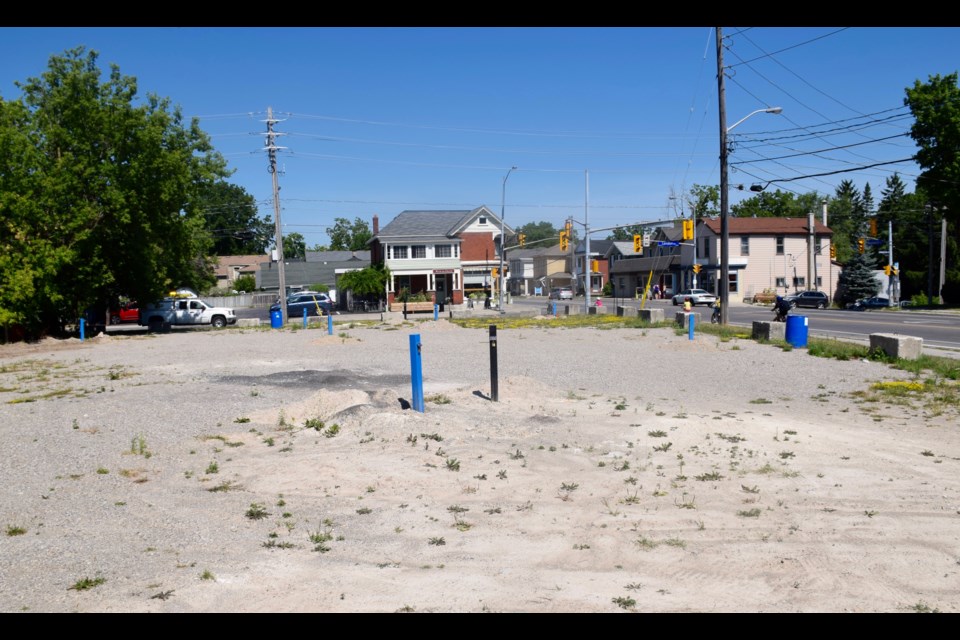The City of Guelph has new guidelines that will clarify exactly what needs be done on the environmental engineering side when redeveloping contaminated or potentially contaminated land.
While the city doesn’t currently maintain an inventory of brownfield sites – given that many of them are privately owned - there are several in the heart of the city, such as the former IMICO industrial site on Beverley and Stevenson streets, and the Lafarge lands off Silvercreek Parkway South. Both are vast tracts of land with redevelopment potential, but require environmental remediation.
Terry Gayman, the city’s manager of infrastructure, development and environmental engineering, said in an interview Wednesday that updating the process should make brownfield redevelopment more efficient.
“The guidelines are a documentation of a revised process that the city is using to work with people who submit a planning application for some sort of development, when it comes to environmental engineering related matters,” Gayman explained.
The guidelines set out the ways in which screening for contamination is to be carried out. Information gathered from screening can then guide decisions about what development should take place.
“In the past there hasn’t really been a documented or formalized process that was transparent outward,” he said. “The city certainly did do that type of work, but the process in the past was maybe a little less flexible and a little more rigorous than maybe it needed to be in all situations.”
The new guidelines, he added, attempt to address those kinds of issues, and provide an easier way for applicants to prepare themselves for the environmental engineering – environmental site assessment - requirement.
The guidelines will make it possible to expedite the approval process for some types of redevelopment, depending on what the end use will be, Gayman added.
“In terms of a site like IMICO what this does is set forth the kind of steps that proponents can take in developing a site like that,” he said.
The guidelines, outlined here http://guelph.ca/wp-content/uploads/DevelopmentGuidelinesContaminatedSites.pdf, aim to protect the city’s water resources, ensure that the condition of the land is appropriate for proposed use, and to prevent inappropriate restrictions on land use. As well, they ensure that any site remediation needed is identified as early in the planning process as possible.
Gayman said it has been shown that cities where the redevelopment of brownfield sites is encouraged experience environmental, economic and social benefits. The sites become more attractive, more valuable, and healthier.
Major residential developments in the downtown core of the city, including The Metalworks on the former W.C. Wood factory site, and two TriCar condominium towers, are on remediated brownfield sites.
“Any new development application that comes in is going to be subject to the guidelines,” Gayman added. “It is a way for the city to screen and make sure we’re satisfied that the environmental aspects of it are suitable for whatever that intended use is going to be.”
The guidelines also ensure a consistent approach in what the city does and does not approve.
As Guelph grows its population in compliance with the provincial Places to Grow growth plan, and within its existing boundaries, more infill development will take place, Gayman said. Screening for potential contamination becomes more important as land is redeveloped.
